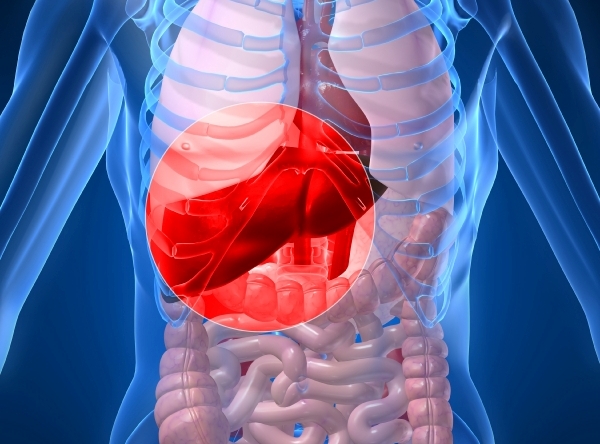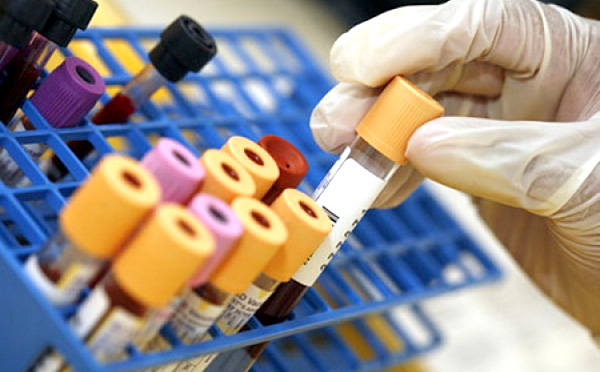Infection with hepatitis B virus (HBV) is a public health problem, acute and chronic hepatitis B virus is a major cause of mortality worldwide.
What is Hepatitis B?
Hepatitis is inflammation of the liver and can be caused by alcohol, viral infections (hepatitis B, C or D), or drugs and may be autoimmune (disorder caused by immune mechanisms). Hepatitis B is an inflammation of the liver caused by hepatitis virus B. When B virus is present in the body for more than 6 months, chronic hepatitis B occurs.
The virus belongs to the family B Hepadnaviridae, causing persistent infection of the liver and its progressive destruction. It is more contagious than HIV.
Methods of transmission of hepatitis B
In the organism, B virus is cantoned on the liver, where they multiply, but also in the blood. B virus transmission can be realized by:
– Transmission from mother to child during birth;
– Horizontal transmission from and to people who come into contact with lesions (eczema, impetigo) or wounds located in the skin;
– Blood transfusions;
– Dental manipulations, tattoos, acupuncture;
– Sexual transmission – transmission risk increases in case a greater number of partners or the presence of a sexually transmitted disease.
Symptoms of hepatitis B
Hepatitis B may develop asymptomatic, especially in infants and young children, and also symptomatic. The main signs and symptoms of hepatitis B are:
– Fatigue;
– Abdominal discomfort;
– Nausea;
– Weight loss;
– Loss of appetite;
– Hepatodynia (liver pain) after exercise;
– Intermittent jaundice (yellowing of the skin and mucous membranes);
– Arthralgia (joint pain);
– Fever;
– Skin rash.
The diagnosis of hepatitis B
Sometimes. hepatitis B is asymptomatic and is discovered incidentally during routine medical examinations. In the event that appear, signs and symptoms are those oriented to liver disease diagnosis.
For the diagnosis of hepatitis B are required a series of tests and investigations to confirm the diagnosis and rule out other causes of liver damage:
– Abdominal ultrasound to assess liver structure;
– Blood tests: SGPT, SGOT, LAP, gamma- GT (specific tests for liver disease), bilirubin, serum protein electrophoresis, the concentration of iron in the blood;
– CBC – white blood cells, red blood cells, platelets;
– Serological data are confirming the diagnosis of hepatitis B and highlights it:
a) HBsAg (HBs antigen), is a antigen of the virus surface whose presence signifies B virus infection;
b) HBcAg, HBeAg;
c) DNA polymerase is present in serum concomitant with HBsAg;
d) HBV antibodies – (provides protection);
e) HBV DNA;
f) Ig M – presence signifies acute infection or acute exacerbation of chronic infection.
Hepatitis B treatment
The goal of therapy in hepatitis B aims:
– Improvement of symptoms and quality of life of patients;
– The reduction in liver inflammation;
– Suppression of viral replication;
– Preventing the occurrence of cirrhosis;
– Preventing the development of liver cancer.
Treatment of hepatitis B include interferon (alpha or pegylated) and nucleoside analogues (lamivudine, entecavir, adefovir, tenofovir).
Pegylated interferon can be administered by a single injection, weekly, for 48 weeks.
Evolution of hepatitis B
Infection with hepatitis B virus may evolve in several directions, following treatment:
– Complete healing, when the blood analyzes HBsAg disappears;
– Acute liver failure or fulminant hepatitis is a massive destruction of liver cells manifested by intense jaundice, fever, bleeding, tachycardia, confusion, decreased ability to concentrate, disorientation, insomnia, coma;
– Asymptomatic persistent viremia (presence of virus in the blood that does not cause signs and symptoms);
– Persistent chronic hepatitis, for more than 6 months;
– Cirrhosis of the liver, after a long period of evolution;
– Liver cancer.
In order to prevent the hepatitis B virus, vaccine is required.



